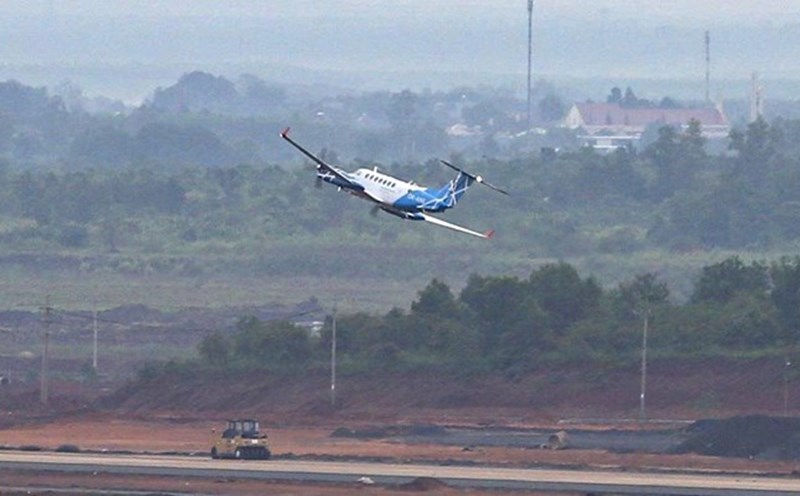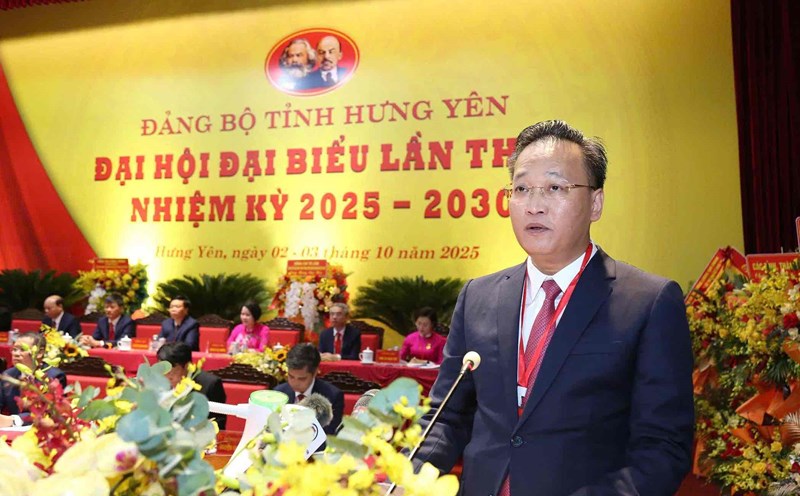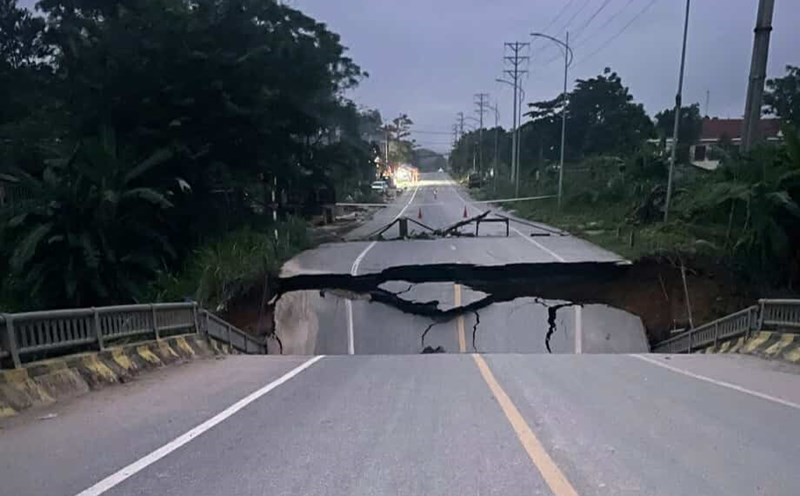Why is there a need for a standard on fuel consumption?
In the context of increasingly severe climate change, transportation is identified as a large source of greenhouse gas emissions, accounting for 18-20% of total national emissions. Since 2022, the Government has issued Decision 876 on the Action Program for Green Energy Transition, Reducing carbon emissions and methane gas of the Transport sector. Accordingly, the development of regulations on limiting fuel consumption becomes a key task.
Currently, Vietnam has only stopped at labeling energy and applying level 5 emission standards to cars. Current regulations have not set CO2 emission limits as well as specific fuel consumption levels, leading to limited emission reduction efficiency.
In fact, many countries in the world have taken the lead in setting average targets for the entire vehicle product range instead of just for each individual model, creating momentum for technological innovation and promoting a green market.
In that context, issuing a new set of standards is necessary, both to help businesses have a roadmap to prepare and to concretize the commitment at COP26 on net zero emissions by 2050.
Impact and opportunities for the market
If applied, the new fuel consumption standards will force automobile manufacturing, assembling and importing enterprises to invest more heavily in fuel-efficient technology to aerodynamic design. This not only improves product quality but also brings direct benefits to consumers.
At the macro level, reducing fuel consumption helps reduce gasoline imports, reducing pressure on the trade balance.
In addition to economic benefits, the new standard also contributes to improving urban air quality, reducing the risk of respiratory diseases and improving public health. This is a social benefit that cannot be measured in money.
Although expected, the average consumption target of 4.83 liters/100 km expected to be applied from 2030 also received many different opinions. VAMA recently said that 96% of traditional gasoline cars today are not standard. However, experts affirmed that this figure is only average for the whole country, not applicable to each individual car model.
Mr. Le Hong Viet, Deputy Director of the Emissions Testing Center (Vietnam Register), said: The 4.83 liter/100 km level does not apply directly to each enterprise, but is based on the product structure and average vehicle fleet volume. Businesses can completely meet the standards by increasing the proportion of hybrid vehicles, electric vehicles or using the carbon credit exchange mechanism".
In fact, many countries have set even more strict standards. The US requires that from 2026, cars and light trucks must reach 4.8 liters/100km, and by 2031, there will be only 4.66 liters/100 km. The European Union even set a target of 2.13 liters/100km by 2030 and aims to ban gasoline vehicles from 2035. Japan and China have also applied a much lower standard than Vietnam's proposal.
Therefore, it can be seen that Vietnam's 4.83 liters/100km is not too strict, and is still higher than in advanced countries.
Experts warn that if the new standards are not quickly applied, Vietnam risks becoming a place to consume old, ineffective technology vehicles, while other countries only accept green standard vehicles.
Mr. Dinh Trong Khang, Deputy Director of the Institute of Environmental Management (Institute of Transport Science and Technology), emphasized: "If delayed, Vietnam will lose the opportunity to upgrade transportation standards, protect public health and leave an environmental burden for the next generation".
In fact, many countries like India have gone faster. This country announced an average consumption of 4.38 liters/100km for 1,500kg vehicles from 2027, 3 years earlier than Vietnam.
The new draft standards are not applied immediately but are built according to an increasing roadmap, creating time for businesses to prepare. At the same time, flexible mechanisms such as exchanging carbon credits and prioritizing electric vehicles and hybrid vehicles will support manufacturers in the transition process.
It can be said that in the context of increasingly serious air pollution, especially in large cities, the standard 4.83 liters/100km should be considered a minimum step, not a barrier. Early and drastic action is the key to preventing Vietnam from deviating from the green transition with the world.











